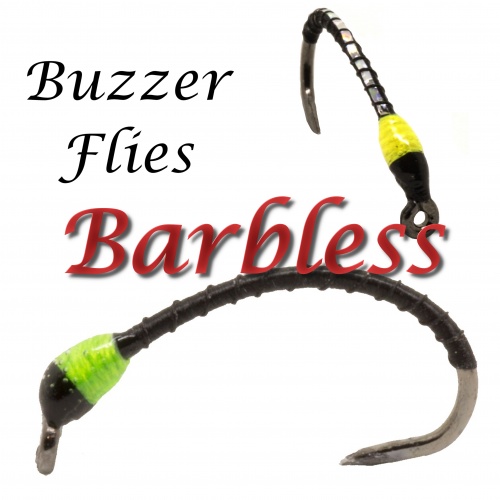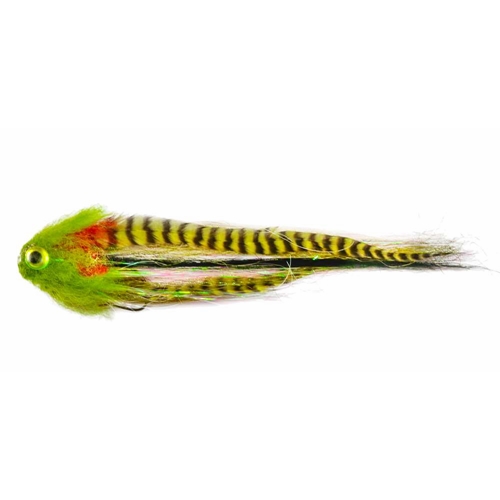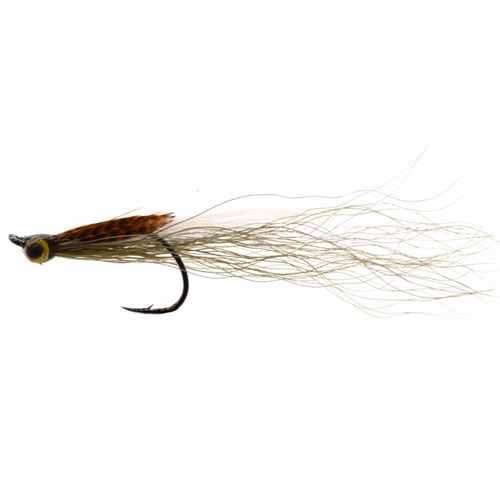 Tying designing fishing flies is an ancient art form. Fishing flies have been "tied" with fur, feather plus natural materials to imitate genuine flies or fly tying to create "dressed" fishing flies like traditional dressed salmon flies over the last centuries. Often people credit Isaac Walton and his 1676 edition of The Compleat Angler as the earliest days of fly fishing and fly tying. However primative fly tying in actuality existed as long go as the 3rd Century AD when the writer known as Aelianus detailed fly fishingfor fish with fishing flies. The fly tying was described as "..... they fasten crimson wool around the hook and fix onto the wool two feathers". In 1496 Dame Juliana Berners wrote the Treatise of Fishing with an Angle what described fly tying utilizing similar fly tying materials to the Macedoneans.
Tying designing fishing flies is an ancient art form. Fishing flies have been "tied" with fur, feather plus natural materials to imitate genuine flies or fly tying to create "dressed" fishing flies like traditional dressed salmon flies over the last centuries. Often people credit Isaac Walton and his 1676 edition of The Compleat Angler as the earliest days of fly fishing and fly tying. However primative fly tying in actuality existed as long go as the 3rd Century AD when the writer known as Aelianus detailed fly fishingfor fish with fishing flies. The fly tying was described as "..... they fasten crimson wool around the hook and fix onto the wool two feathers". In 1496 Dame Juliana Berners wrote the Treatise of Fishing with an Angle what described fly tying utilizing similar fly tying materials to the Macedoneans.Artistic Fly Tying Ultra Realistic Flies
 Fly Tying is a genuine artform, fly tying occurs in many forms, from delicate fly tying using perhaps just a few cdc feathers and dubbing from carpet scrapings to sophisticated fly tying where the fly tyer creates ultra-realistic flies which are actually too expensive to be fished with! Ultra-realistic fly tying is now so incredibly detailed that fly tying a single ultra realistic fishing fly will take 40 man hours to create a single fly. In reality the majority of fly fishermen utilise fly tying techniques to tie what is known as imitative or suggestive flies.
Fly Tying is a genuine artform, fly tying occurs in many forms, from delicate fly tying using perhaps just a few cdc feathers and dubbing from carpet scrapings to sophisticated fly tying where the fly tyer creates ultra-realistic flies which are actually too expensive to be fished with! Ultra-realistic fly tying is now so incredibly detailed that fly tying a single ultra realistic fishing fly will take 40 man hours to create a single fly. In reality the majority of fly fishermen utilise fly tying techniques to tie what is known as imitative or suggestive flies.
Fly Tying Imitative Flies
When fly tying to tie an imitative or exact imitative fly fishing fly our fly tying is intended to replicate the real natural fly or insect. Fly tying and fly fishing using imitative or exact imitative flies is exacting work as the fly tying demands anatomical perfection (exact imitation). The trouble is your fly tying may be an exact replica of say the grannom caddis but is only useful when that exact fly is about.
Fly Tying Suggestive or Impressionistic Flies
So What does fly tying suggestive or fl y tying impressionistic fishing flies mean? Actually you is fly tying to manufacture a fly imitation that may appear to be like the food eaten by prey fish. Fly tying flies that are impressionistic or suggestive is simpler to both fly tie and as importantly to fish. Examples of suggestive or impressionistic flies are are GRHE, Gold Ribbed Hares Ear, Woolly Buggers or Muddler minnows.
y tying impressionistic fishing flies mean? Actually you is fly tying to manufacture a fly imitation that may appear to be like the food eaten by prey fish. Fly tying flies that are impressionistic or suggestive is simpler to both fly tie and as importantly to fish. Examples of suggestive or impressionistic flies are are GRHE, Gold Ribbed Hares Ear, Woolly Buggers or Muddler minnows.
Fly Tying Materials
 In the late 1800 's to 1950 fly tying used exotic materials from rare bird species. Today things have changed, when fly tying there is a vast range of fly tying materials that can be used. Ranging from traditional fly tying furs like hare and fly tying feathers like pheasant tail. Fly tying synthetics like mylar tinsels, fly tying silks or fly tying threads. Modern fly tying threads like Semperfli Nano silk now exist in 12/0 size (50 denier) but they are virtually unbreakable do to the fly tying materials used to create these thread.
In the late 1800 's to 1950 fly tying used exotic materials from rare bird species. Today things have changed, when fly tying there is a vast range of fly tying materials that can be used. Ranging from traditional fly tying furs like hare and fly tying feathers like pheasant tail. Fly tying synthetics like mylar tinsels, fly tying silks or fly tying threads. Modern fly tying threads like Semperfli Nano silk now exist in 12/0 size (50 denier) but they are virtually unbreakable do to the fly tying materials used to create these thread.
Fly tying materials including today include materials as divers as: Fly Tying Furs like Arctic Fox, Calf, Goat Hair, Hare, Musk Rat Fur, Rabbit, Seals Fur, Skein Wool, Spike Guard Hair, Squirrel, and then fly tying feathers like Amherst Pheasant, Condor, Coot, Duck Quills, Goose, Ibis, Indian Crow, Jay, Jungle Cock, Landrail Substitute, Ostrich, Partridge, Silver Pheasant, Teal Duck, Widgeon and Woodcock.




















